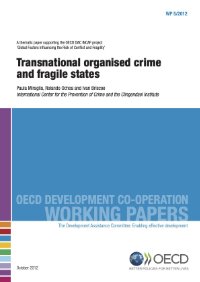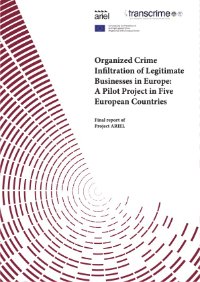By Mark Berry
Illegal drug trafficking and retail drug sales constitute the most common activity of organised crime groups in the UK and draw the largest share of resources from the police and prison services, whilst also generating considerable social costs. There are few contemporary studies in the UK on the supply of drugs, its organisation, culture and risk management practices, and even fewer on active dealers themselves. There remains limited ethnographic research into the drug trade, missing important insights that can be gained from observing distributors in a natural setting. A key absence in criminological literature is the voice of offenders who commit serious crimes and how they perceive and mitigate problems related to their activities. This research aims to fill gaps in the knowledge base by investigating the nature of the drug market, the crime risk management practices of drug dealers, and possible reasons for their involvement and patterns of activity. The study examines the criminal careers of offenders who operate in one of Britain’s largest cities, termed here anonymously as Red City. The participants in this study distribute and manufacture a range of illicit substances, both offline and online. They distribute drugs on local, national and international levels (retail, wholesale, import and export). To complement the fieldwork, interviews were conducted with official actors from the criminal justice system, the private sector and the third sector. The thesis seeks to provide a more nuanced and grounded picture of illicit drug dealing and ‘organised crime’, that provides an account that corrects popular stereotypes.
Cardiff, Wales: Cardiff University, 2020. 195p.





















